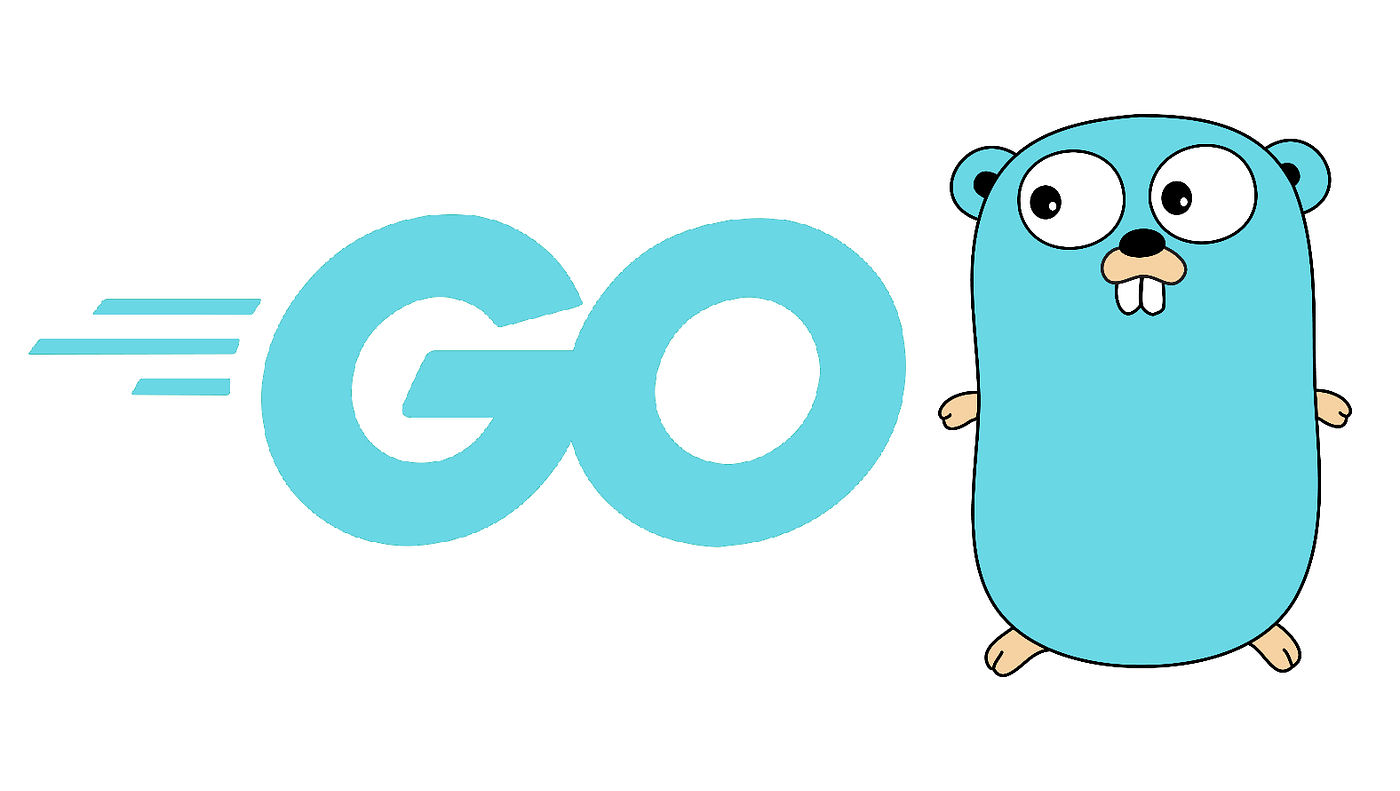What is Go?

Hire Arrive
Technology
about 1 year ago

Go, often referred to as Golang, is a statically-typed, compiled programming language designed at Google. It's known for its simplicity, efficiency, and concurrency features, making it a popular choice for a wide range of applications, from web servers and cloud infrastructure to data science and machine learning tools. Unlike languages like Python which emphasize rapid development and readability above all else, Go aims to balance ease of use with performance and scalability.
Key Features and Advantages of Go:
* Simplicity and Readability: Go's syntax is intentionally minimalistic and straightforward, making it relatively easy to learn and understand. Its reduced complexity leads to cleaner, more maintainable codebases. This simplicity doesn't compromise power, however.
* Concurrency: Go has built-in concurrency features through goroutines and channels. Goroutines are lightweight, independently executing functions that allow for efficient parallel processing, crucial for handling many simultaneous operations. Channels provide a safe and structured way for goroutines to communicate and share data. This simplifies the development of highly concurrent applications.
* Performance: Being a compiled language, Go produces highly efficient machine code, resulting in fast execution speeds. Its garbage collection mechanism, while automatic, is generally efficient and doesn't significantly impact performance.
* Efficiency: Go's design focuses on speed of development and deployment. Its compilation process is relatively fast, and the resulting binaries are typically small and self-contained, facilitating easy deployment across various systems.
* Static Typing: Go's static typing system catches many errors during compilation, leading to more robust and reliable code. While it requires explicit type declarations, this upfront investment prevents runtime errors that can be costly to debug.
* Extensive Standard Library: Go offers a rich standard library with packages for various tasks, including networking, cryptography, data encoding, and more. This reduces the need for external dependencies and streamlines development.
* Strong Community and Ecosystem: Go boasts a vibrant and supportive community, providing ample resources, libraries, and frameworks. This active community constantly contributes to the language's growth and improvement.
What is Go Used For?
Go's versatility makes it suitable for a broad range of applications:
* Web Servers and APIs: Go's efficiency and concurrency capabilities make it ideal for building high-performance web servers and RESTful APIs. Frameworks like Gin and Echo simplify this process.
* Cloud Infrastructure: Go is frequently used in cloud-native applications and tools due to its performance and ability to handle large-scale distributed systems. Kubernetes, a popular container orchestration system, is written in Go.
* DevOps Tools: Go's speed and simplicity are well-suited for creating command-line tools and automation scripts used in DevOps workflows.
* Data Science and Machine Learning: While not as prevalent as Python in this domain, Go's performance advantages are making inroads, particularly in applications requiring high-throughput processing.
* Network Programming: Go's built-in networking capabilities make it a strong choice for building network applications and tools.
Getting Started with Go:
Getting started with Go is relatively straightforward. You can download the Go distribution from the official website (golang.org) and follow the installation instructions for your operating system. The official Go documentation provides comprehensive tutorials and resources to help you learn the language.
In conclusion, Go is a powerful and versatile language that combines simplicity with performance and concurrency. Its growing popularity stems from its ability to address the needs of modern software development, making it a valuable skill for any programmer.